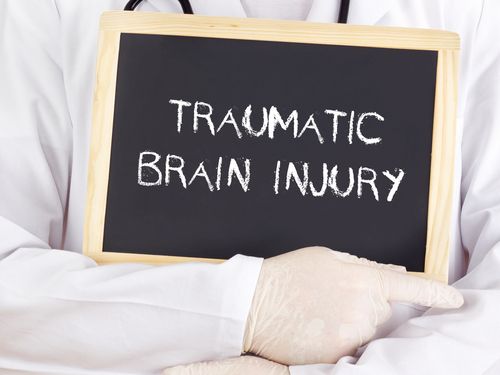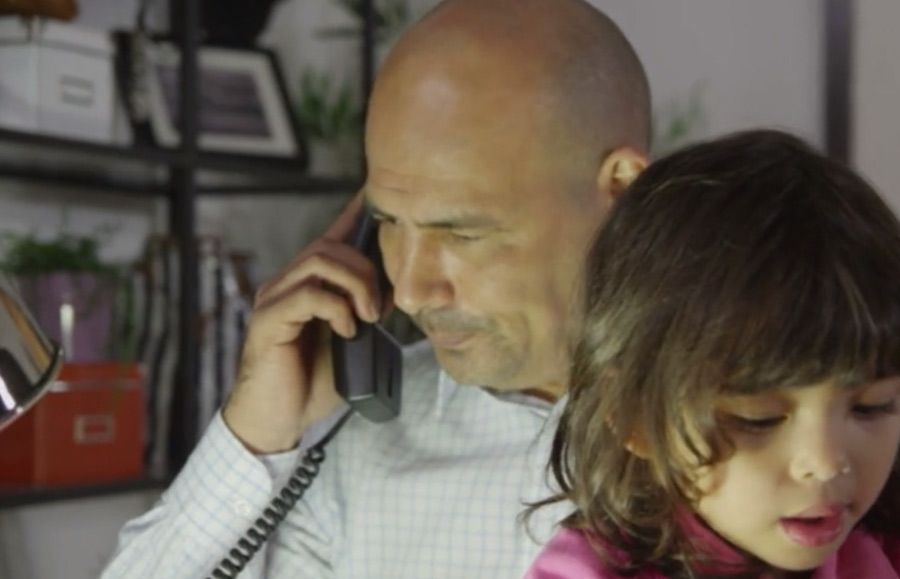
Amusement Parks Not All Fun and Games
In June, a teenager fell 25 feet from a gondola ride in an upstate New York Six Flags Amusement Park. She had slipped under the safety bars of the ride and lucky for her, was caught by the crowd below. In May, a 10-year-old boy fell off a giant water slide at a brand new waterpark in California. Neither was seriously injured but not all have been so lucky.
Last summer, 10-year-old Caleb Schwab was decapitated on the Verruckt raft ride at the Schlitterbahn WaterPark in Kansas City, Kansas. That same day, two riders were injured when a launch cable detached at the Top Thrill Dragster rider in Cedar Point, Ohio.
In order to prevent incidents like these from happening to your loved ones, how do you know if the amusement park you are about to visit is safe? You don’t.
Rides are regulated through a maze of state laws and some states have no regulation at all. The Consumer Product Safety Commission lost its power to oversee parks in 1981, when Congress passed a “roller coaster loophole.” Legislation says “fixed site” amusement parks don’t count as consumer products.
“It’s an issue that has simply never risen to the top of the agenda in Congress, in spite of these tragic accidents,” said Rep. Carolyn Maloney (D-N.Y) in an article that appeared in The Daily News. New York requires regular inspections from a government agency and allows state governments to investigate accidents. The only group said to be monitoring park injuries on a national scale is the International Association of Amusement Parks and Attractions (IAAPA) — a trade group that openly opposes federal regulation.
On average, 4,423 children per year are treated in U.S. emergency rooms for amusement ride-related injuries, according to a study conducted by the Nationwide Children’s Hospital in Columbus, Ohio. More than 70 percent of those injuries occur in the summer months of May through September.
The following guidelines should be observed when visiting an amusement park:
- Obey listed age, height, weight and health restrictions
- Observe all posted ride safety rules
- Follow all special seating and loading instructions
- Always use seat belts and safety bars
- Keep arms, hands, legs and feet inside the ride
- Secure all loose articles
- Ensure long hair is safely secured
- Remain seated in ride until it comes to a complete stop
- Trust your instincts
While only the most horrific injuries suffered at amusement parks make the news, less severe injuries happen regularly at amusement parks and carnivals, and often result from inexperienced ride operators, faulty equipment, and dangerous tripping hazards. Extreme caution should be used when visiting amusement parks.
If you or someone you care about has been injured in an amusement park accident, contact Rosenberg & Gluck, personal injury attorneys, for a free, confidential legal consultation to learn more about your options.








